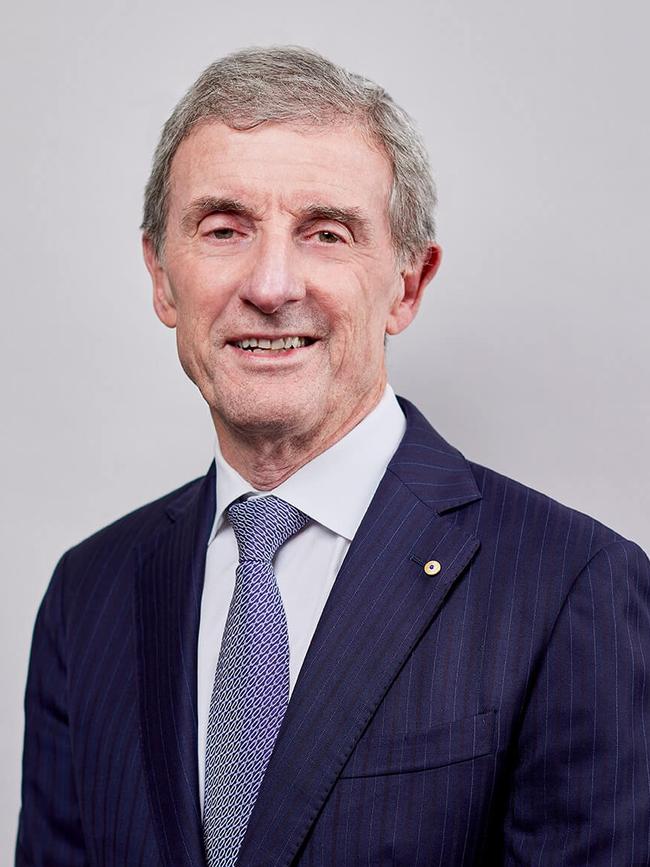Australia’s energy industry was once optimistic but now it’s nervous and sceptical
Delays to major projects and a pipeline of renewable energy developments that has yet to materialise mean Australia will struggle to meet its carbon transition targets, say experts.

A log-jam of transition projects, delays to major projects such as Snowy Hydro 2.0 and a pipeline of renewable energy developments that has yet to materialise mean Australia will struggle to meet its ambitious transition targets, energy experts have warned, as optimism wanes.
Australia has set an aggressive target of having renewable energy account for more than 80 per cent of the country’s electricity generation system by 2030, a key pillar in its plan to be net zero by 2050.
The target ignited a wave of project commitments, stoking excitement about the prospects of a seamless transition, but a series of setbacks now sees the industry warning of further price hikes and blackouts without urgent action.
“We’ve got to turn this around and get it moving or any optimism will fade, that is for sure,” Grattan Institute energy program director Tony Wood said.
“We have done the easy bit. We’ve been able to build solar farms and wind farms and put solar on individual household rooftops. That was easy because the transmission grid had plenty of capacity.

“We’ve now just about used up all that spare capacity and now we’ve got to build the new ones. That has proven to be incredibly difficult.”
Australia has already endured two consecutive years of price rises of more than 20 per cent, stoking concern that the country could lose broad support for the transition.
Transmission has emerged as the biggest choke point in the transition away from coal. About 10,000km of new lines must be built before 2030, but their development has been hampered by funding constraints and community opposition.
Unable to connect new projects to the grid, renewable energy developers have stalled new projects, a fact that is causing greater alarm within the upper echelons of Australia’s energy industry.
Australian Energy Market Operator head Daniel Westerman was stark in his warning this week.
“Bringing these new projects to market and connecting them into the grid urgently is critical to ensure consumers continue to have reliable power when they need it,” Mr Westerman said.

“On the east coast we have 163 projects comprising more than 27GW of new generation going through different stages of the connection process.
“But the recent data from the Clean Energy Council is concerning. It shows that there have been no new financial commitments on large-scale renewable generation projects in the first quarter of this year.
“One quarter doesn’t make a trend, but investment decisions are an important leading indicator for our energy transition.”
To accelerate the building of high-voltage poles and wires, states and territories have increased the financial incentives to landowners who agree to host the infrastructure.
Victoria and NSW have offered landowners affected by new transmission lines $200,000 for every kilometre of their land crossed by a major infrastructure project.
Queensland has gone even further.
The Queensland state government in May said it would offer landowners who agreed to allow high-voltage transmission cables across their properties an average $300,000 per kilometre.
Brett Redman, chief executive of Transgrid – the developer and operator of NSW’s transmission network – said the payments would help but it was hard for many landowners to accept.

“It’s a very emotional, confronting change, particularly when you’re looking at multi-generational farming, multi-generational ownership of land,” Mr Redman told the Energy Week conference.
As a result, work continues to be frustratingly slow.
AEMO has called for faster work on five projects worth nearly $13bn, but Australia has a long history of transmission project delays.
Australia can ill afford any hold-ups. Nearly all of Australia’s coal power stations are on course to be retired in little more than a decade, requiring a massive build of renewable energy generators and utility-scale storage facilities such as pumped hydro or batteries to compensate.
While there is scope for significant development in such a time frame, coal could exit the system earlier than expected.
The most pressing exit on the near-term horizon is Origin Energy’s Eraring coal power station – Australia’s largest generator, accounting for about 25 per cent of NSW’s energy needs – which is due to retire in 2025, stoking alarm within the industry about what will replace the generation.
It will not be the last either. AEMO has estimated 14GW of coal-fired capacity will be withdrawn by 2030.
There is also massive uncertainty about future gas supplies.




To join the conversation, please log in. Don't have an account? Register
Join the conversation, you are commenting as Logout